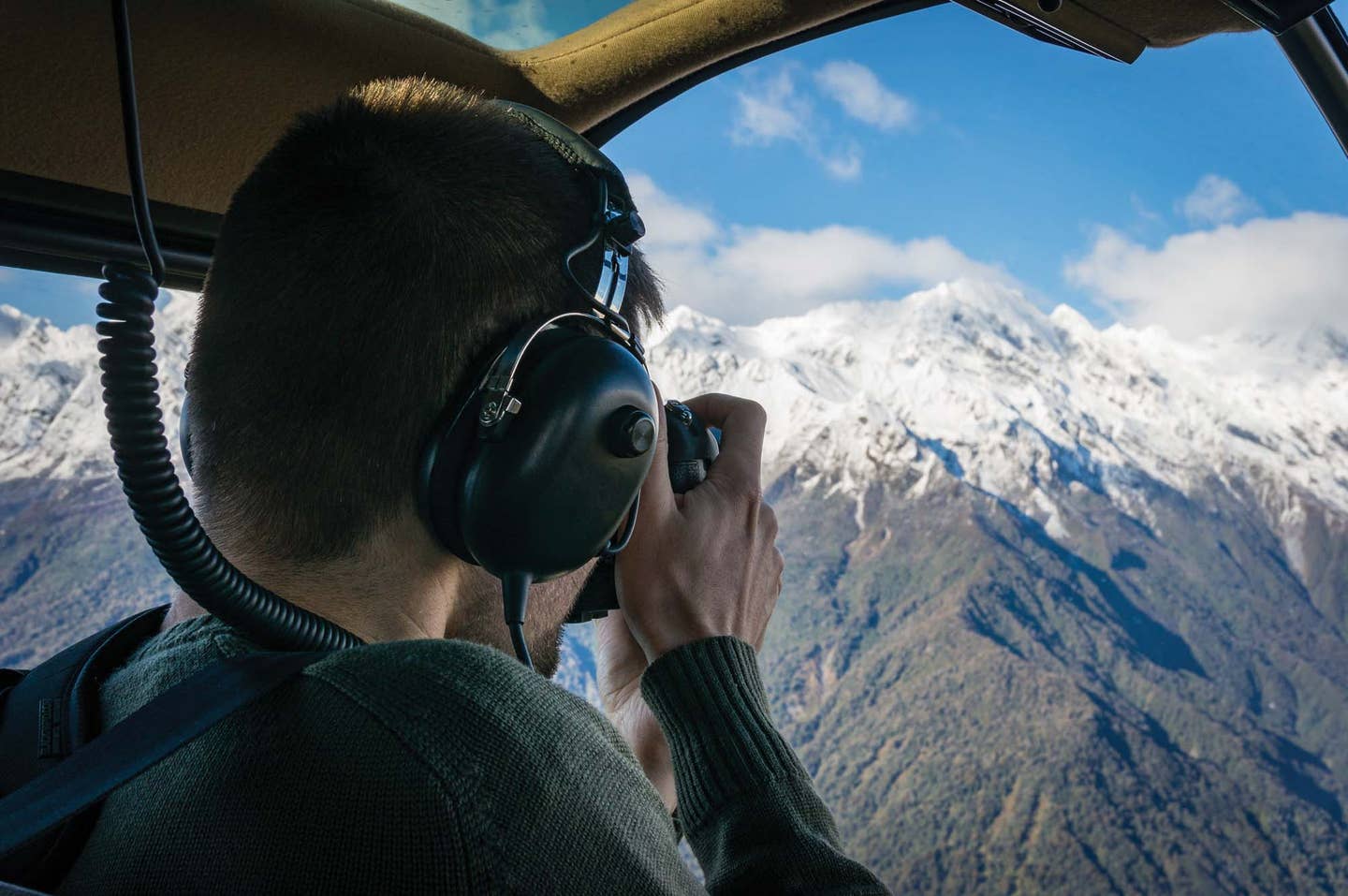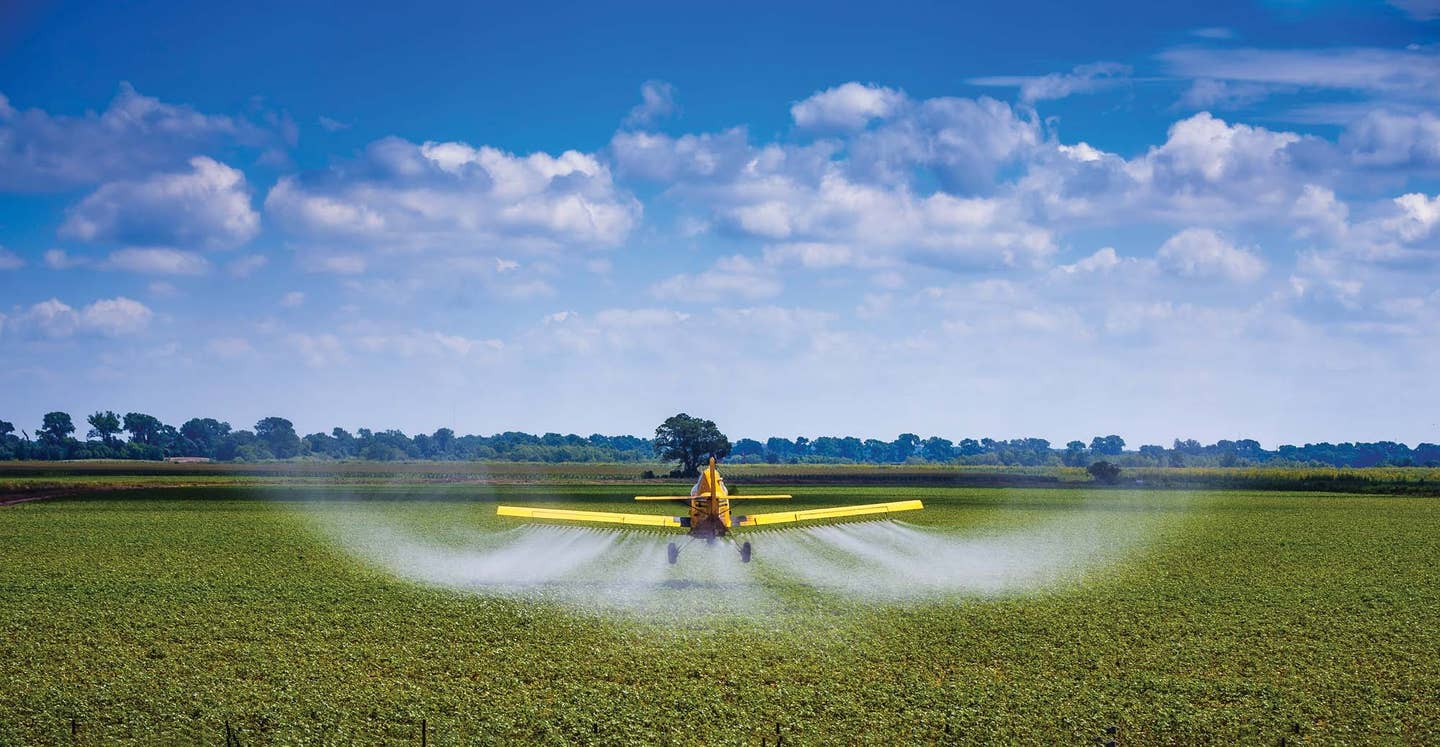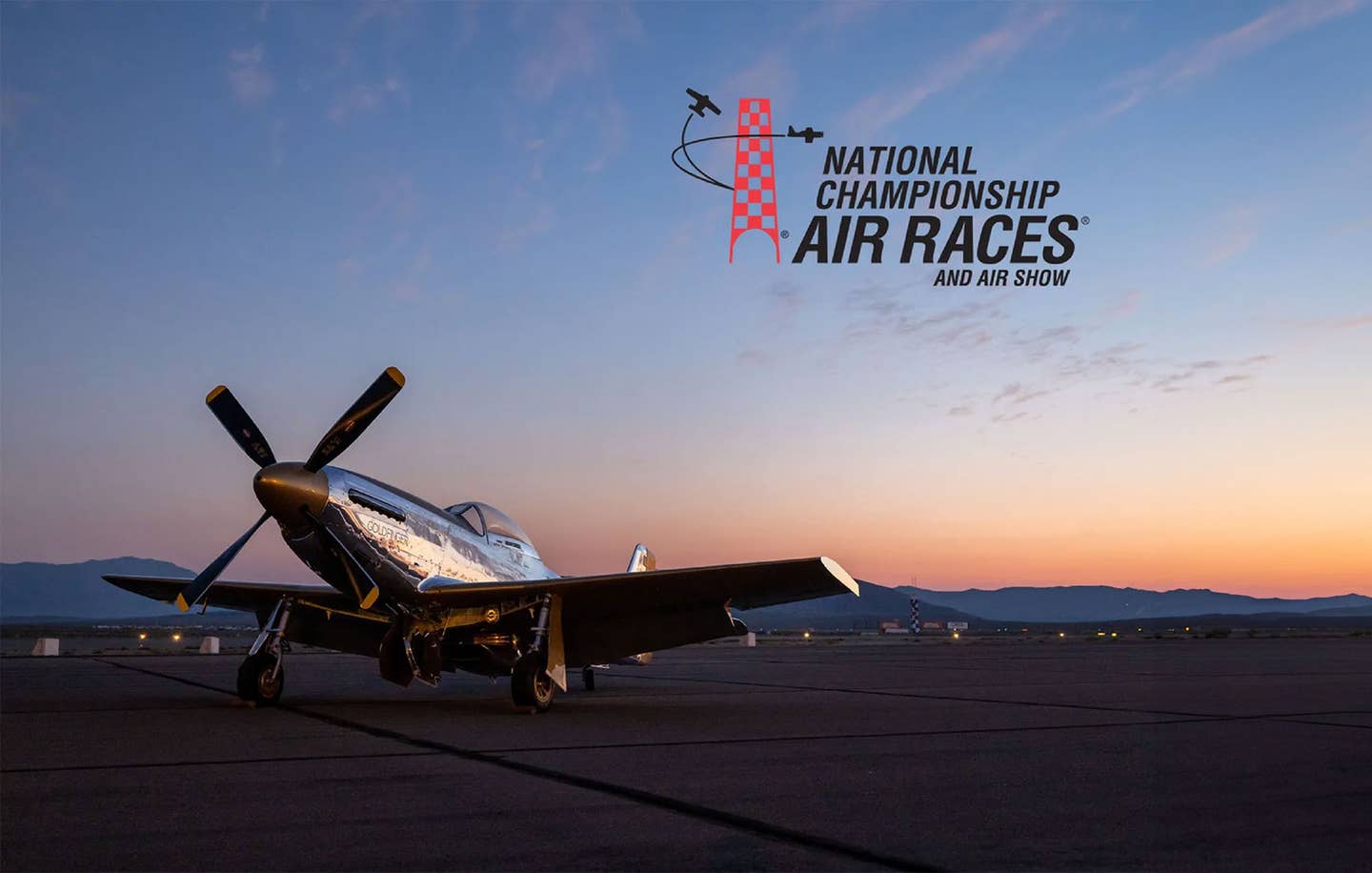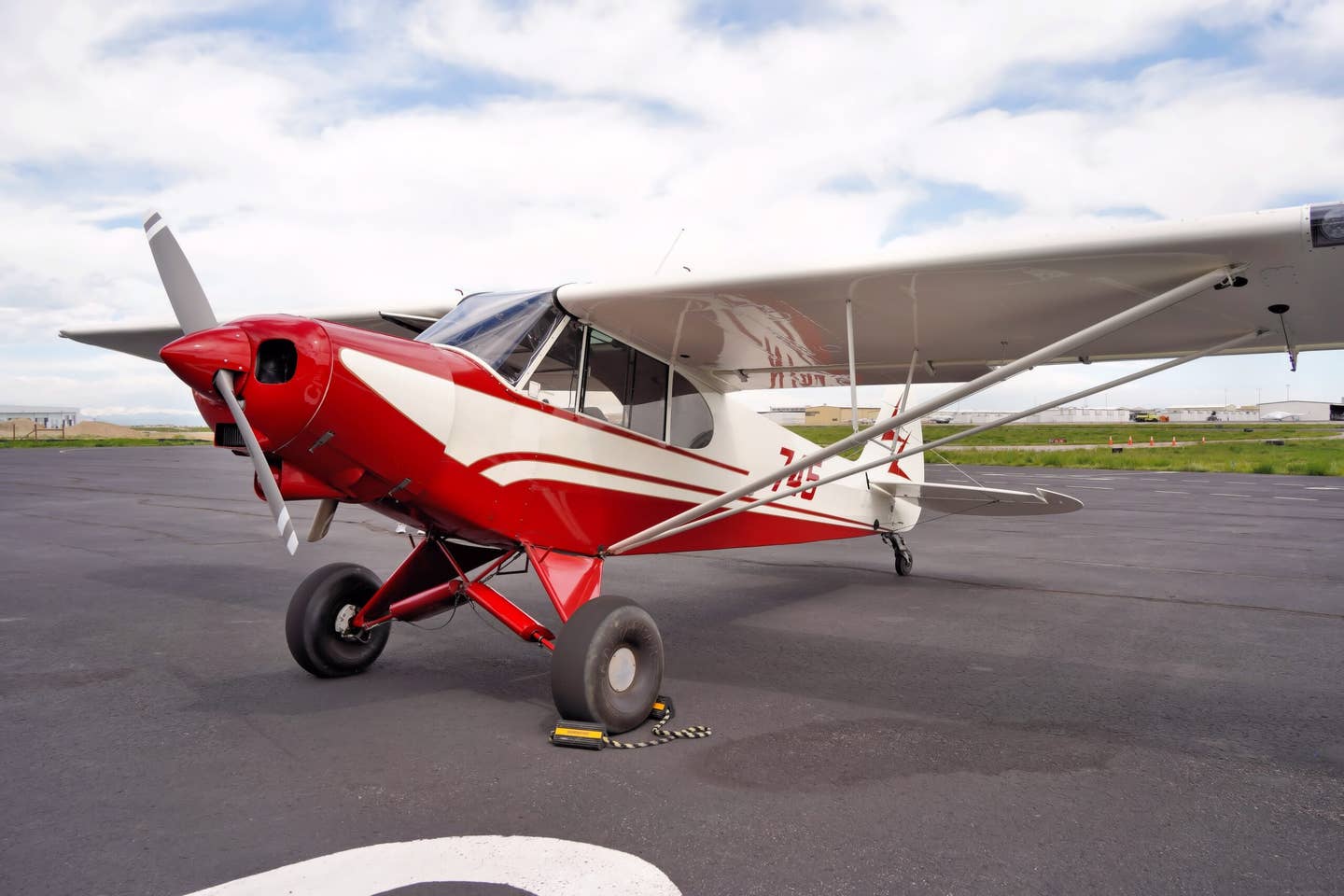Understanding Via Clearances Of All Kinds
’Descend’ and ’Climb’ via clearances are complex, but understanding them can help you with other kinds of procedure clearances.
Ask a bunch of jet drivers what they think of "via clearances" and you'll get some level of grumbles and eye-rolling. That's because what jumps to mind is "Climb via" and "Descend via" clearances for Standard Instrument Departures (SIDs) and Standard Terminal Arrival Procedures (STARs). The phraseology for these seems ever-evolving (and at times contradictory). They get so complicated that the National Business Aviation Association (NBAA) published a 193-page PDF explaining them.
Yeah, that's not a typo. The document has been revised at least twice to my knowledge and it's almost 200 pages long. Needless to say, we're not going to sum that up here.
However, "via" appears in far more mundane ATC clearances. So many, in fact, that it's a staple for both VFR and IFR pilots, whether they realize it or not.
Start with something even a student pilot will receive: A taxi clearance at a tower-controlled airport. The generic structure is "[Aircraft ID], [destination], taxi via [route]." For example: "Cessna Two Three Niner Whiskey Papa, Runway Two Six, taxi via Alpha, Charlie." The beauty of the structure here is that it starts with your destination, and then supplies your path to get there. The path is the "via."
The reason it's important to do it in this order becomes clear when a restriction gets added in: "Cessna Two Three Niner Whisky Papa, Runway Two Six, taxi via Alpha, Charlie, Hold short of Runway Three Six." Because the route comes after the destination, the most important part of the instruction can come at the end where you're less likely to miss it. The same is true if it's just a crossing instruction such as, "Cessna Two Three Niner Whisky Papa, Runway Two Six, taxi via Alpha, Charlie, Cross Runway Three Six."
While it doesn't actually contain the word "via," takeoff clearances have a similar structure for the same reason. You'll never hear, "Cleared for takeoff Runway Two Six." You'll hear, "Runway Two Six, cleared for takeoff." The actual release from the controller is the last thing said so you get all the information before hearing the words that might make you advance the throttle, create a bunch of transmission-blocking noise in that cockpit, and then miss some important final part of the instructions.
It's funny, and a bit telling, that we pilots tend to read this back with the clearance first, "Cleared for takeoff Runway Two Six." This just underscores how much we're listening for the magic "cleared."
You've probably replayed some landing clearances in your head by now and realized they put the clearance at the end as well, "... Runway Three Four, cleared to land." Again, if there's a hold short it comes at the end, "... Runway Three Four, cleared to land. Hold short of Runway Two Six. Traffic a Citation jet departing Runway Two Six."
The order of items in the clearance makes even more sense when you get some takeoff instructions such as, ""Cessna Two Three Niner Whisky Papa, traffic a Lear Jet on six-mile final. On departure fly runway heading. Runway Two Six, cleared for takeoff." For an IFR departure (or even in some VFR situations), there could be a heading issued in here. "On departure, fly heading Two Six Zero, Runway Two Two cleared for takeoff."
These departures are implied "vias." For VFR, the tower controller knows which way we want to go, but his master plan requires we do something else first. We'll get to our destination, but it will be via an initial heading before being cleared on course. For IFR, we have a clearance with a complete route, but first we need to fly in a specific direction for traffic, airspace, or even radar identification. Once that issue is dealt with, we'll probably get to resume our navigation ... via our cleared routing.
IFR route clearances are a stressor for instrument pilots in training. This is partly because it feels like a game of chance: You request a certain route when you file your IFR flight plan, but you don't know if you'll actually get that routing until you receive the almighty clearance. (To be clear, these are clearances you get on the ramp before taxiing out to depart, not clearances you get right before takeoff.)
Instructors help organize their students by giving them the acronym "CRAFT," which stands for: Clearance limit, Route, Altitude, Frequency for departure, and Transponder code. More often than not, there will be a via in the CRAFT. The simplest clearance you could get would be something like, "Cleared to the Sanford airport as filed ..." meaning you got what you asked for, but it's common to hear, "Cleared to the Sanford airport via as filed ..." Maybe that's because there are so many times controllers must include a via.
If the clearance includes a departure heading, it would be, "Cleared to the Sanford airport via fly heading 220 zero, radar vectors, then as filed ...," or maybe, Cleared to the Sanford airport via fly heading 220 zero, radar vectors, direct ..." These are functionally the same as what you got with that VFR takeoff clearance that included a heading. ATC knows you want to go thataway, but you need to fly thisaway first, and then the controllers will point you where you really want to go.
Via is more useful when there's a whole set of instructions for departure that are written down on a chart. These get names like the "Portland Five" or the "Wenas Seven." Some are simple, such as a heading, altitude, departure frequency, instructions in case of lost communication. Others include a series of turns and climbs with several branches called transitions.
Either way, via is used to tell a pilot to use that entire plan without repeating it all over the air. This sometimes confuses students diligently filling out their CRAFT worksheets. For example, "... Cleared to the Bellingham airport via Wenas Seven departure, Ellensburg transition, then as filed. Climb and maintain 8000. Squawk 2637." The clearance limit is the destination airport of Bellingham, the route is the published Wenas Seven, including the branch that goes to the Ellensburg VOR---which should also be a fix on the filed route so that the pilot can connect the dots without further direction from ATC. The altitude is 8000, and the transponder code is 2637. But what's the departure frequency?
It's on the published chart you're departing via: Chinook Departure on 123.8.
However, there's far more to this via. In the lower left of the chart in "Takeoff Minimums." you'll see that you need a pretty serious climb gradient to 6000 feet MSL. That's 405 feet per NM for Runway 9, which would be 810 feet per minute with a groundspeed of 120 knots. Departing Runway 4 is outright forbidden due to obstacles.
There's also a minimum altitude to cross the fix TITON if you're flying the TITON transition. You must climb in the published hold until passing 7000 feet before going any further. (Insider info: There's a cool little airport called Tieton State right about there---and it's just a bit southwest of Mount Rainier, hence the requirement to get some altitude before venturing too far.)
Instrument pilots learn about obstacle departure procedures (ODPs), which are normally text-only descriptions of just a route to safely depart an airport. We've talked in these pages about how VFR pilots can use (and should) use ODPs at night. It's possible to get "Cleared to the [airport name] via the Obstacle Departure Procedure then ..." in an IFR clearance, but it's pretty rare.
You'll commonly hear via in the air when a clearance gets amended (which happens in the northeast slightly more frequently than switching fuel tanks). "Cirrus Eight Fox Tango, cleared to the Lancaster Airport via direct LAAYK, Wilkes-Barre, rest of route unchanged." Or if you ask for a pop-up clearance not too far from your destination: "Cleared to the Burlington Airport via radar vectors, direct."
You can even hear via at end of holding instructions as part of your expect further clearance: "... expect further clearance via direct Wilkes-Barre VOR, Tango Two Niner Five, Lancaster, Direct." But then again, how often do we even get a holding clearance these days?
Are you an aviation enthusiast or pilot? Sign up for our newsletter, full of tips, reviews and more!
All this leads up to the 800-pound clearance gorilla of "Climb via SID" and "Descend via arrival." As said above, that's a book, but here are some high points in case you're curious.
In a clearance, it comes down to whether the procedure has altitude restrictions before any ATC-assigned vectors. If it does, you might get the SID in your route and be told to "climb via SID," meaning you follow lateral guidance and crossing restrictions. Those crossing restrictions---altitudes you must meet along the way (possibly with speed restrictions)---are what really makes this via different than just a SID in your cleared route. Altitude restrictions could be altitudes you must be at or above, at or below, or meet exactly.
The phraseology confusion that spawned many those 193 pages revolves around exactly which words change or remove those restrictions. Believe it or not "maintain" and "except maintain" mean significantly different things. Some of the documentation says that Wenas Seven clearance above should include a "Climb via SID," just because there are climb gradients even though there are no crossing restrictions.
Still want to fly that Cirrus Jet in the LA Basin? OK, me too.
In the air, "Climb via SID" essentially means the same thing. You comply with the lateral route and all the vertical altitudes as published. Again, the confusion comes in all the ways to modify it. Muddying the waters further is that SID and STAR phraseology in practice isn't even consistent across all ATC facilities. When in doubt: Ask for clarification.
In fact, the takeaway from this whole winding exploration of "via" is that you're responsible for thinking through all the steps implicit in any clearance that includes that three-letter word. When you accept the clearance, you're agreeing to all the terms of that clearance, even the implicit or referenced ones.
Make sure you know what you just signed on for---or ask for clarification.
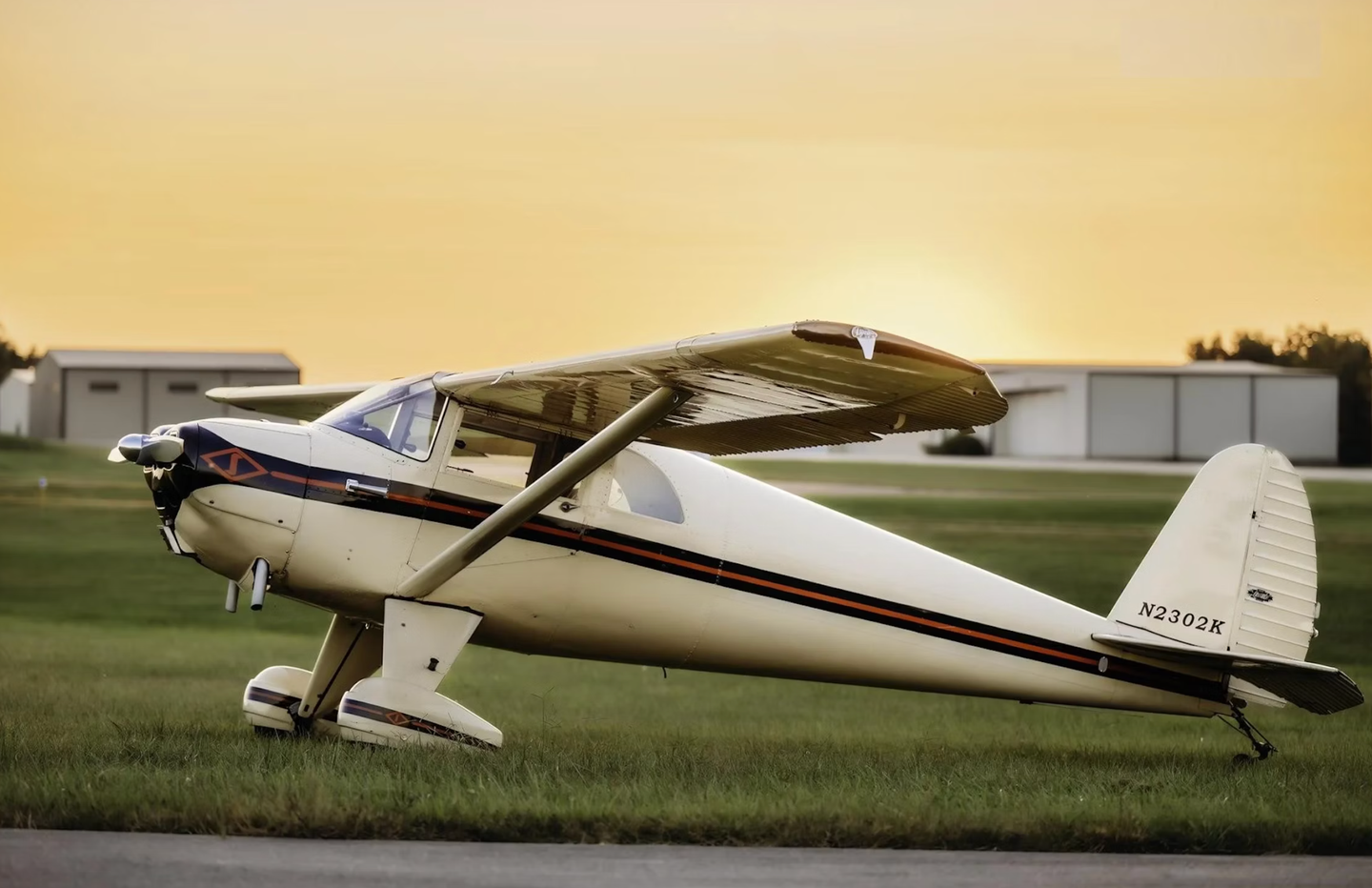
Subscribe to Our Newsletter
Get the latest Plane & Pilot Magazine stories delivered directly to your inbox

